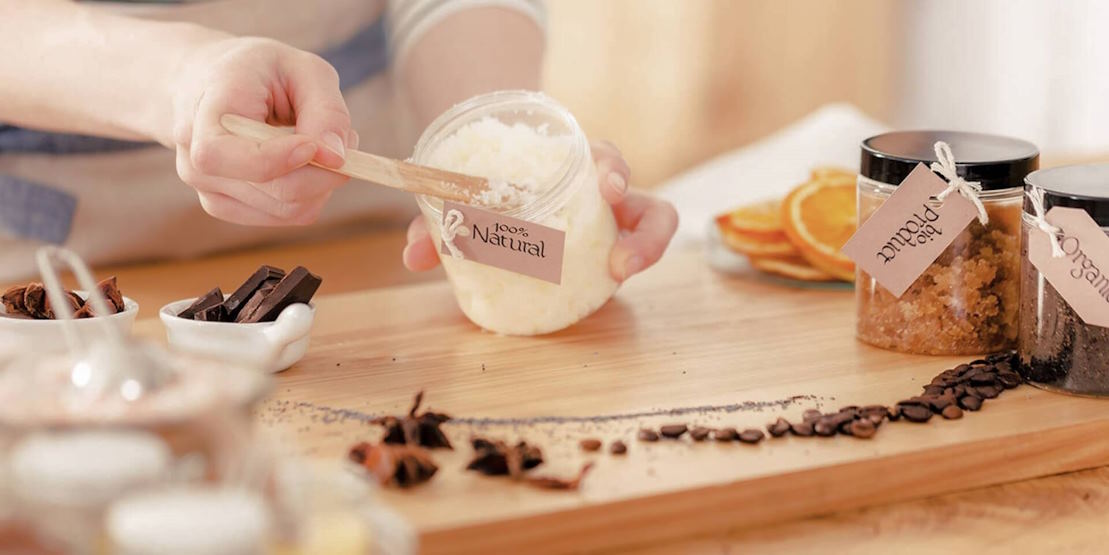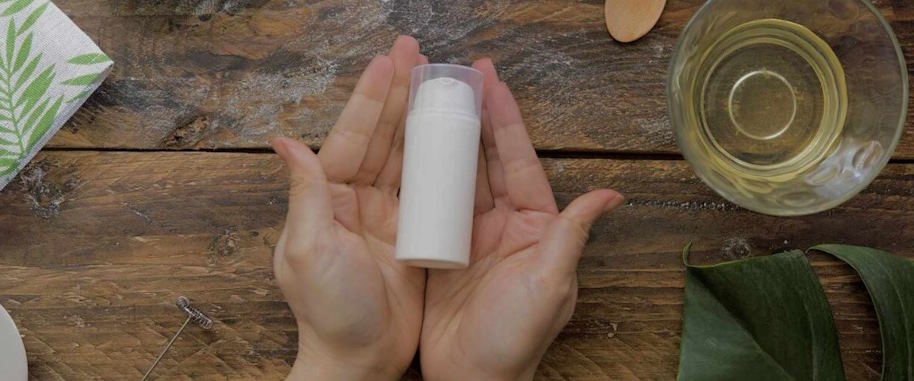Creating your homemade beauty products can be a rewarding endeavor, but safety should always be a top priority. To ensure your DIY creations are gentle on your skin and safe to use, it’s crucial to conduct patch tests and allergy checks.
The Importance of Patch Tests and Allergy Checks
Patch tests are a vital step in ensuring that your DIY beauty products won’t trigger adverse reactions. Allergies and sensitivities can vary greatly from person to person, so even if an ingredient is generally considered safe, it’s essential to test it on a small area of skin before widespread use.
Conducting a Patch Test
- Choose a discreet area of skin, such as the inside of your wrist or behind your ear.
- Apply a small amount of the DIY product or ingredient.
- Wait 24-48 hours to observe any signs of irritation, redness, itching, or a rash.
- If there are no adverse reactions, the product is likely safe for you.
Identifying and Addressing Common Allergies or Sensitivities
Fragrance Allergies: Fragrances are a common source of skin irritation. Opt for unscented or fragrance-free ingredients to minimize the risk.
Nut Allergies: If you have nut allergies, avoid ingredients like almond oil or shea butter in your DIY products.
Essential Oils: Essential oils, though beneficial, can be potent allergens. Always dilute them, and be aware of any specific essential oils you’re sensitive to.
Sensitivity to Certain Ingredients: If you’ve had allergic reactions to specific ingredients, avoid using them in your DIY products.
Shelf Life and Proper Storage
Homemade beauty products may not contain preservatives like commercial products, which can affect their shelf life.
- Include the creation date on each product so you know when to replace them.
- Store your homemade products in a cool, dark place to extend their shelf life. Exposure to heat and light can lead to spoilage.
- Always use clean, sterilized containers for your creations to prevent contamination.
- Avoid introducing water into your products to prevent bacterial growth. For example, don’t dip wet fingers into jars.
- If your product changes in color, texture, or scent, it may have gone bad, and you should discard it.



